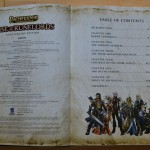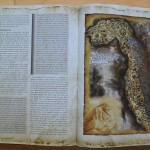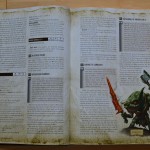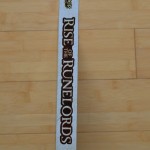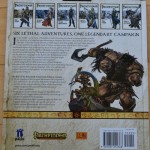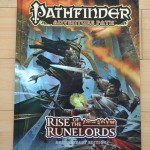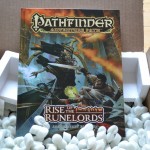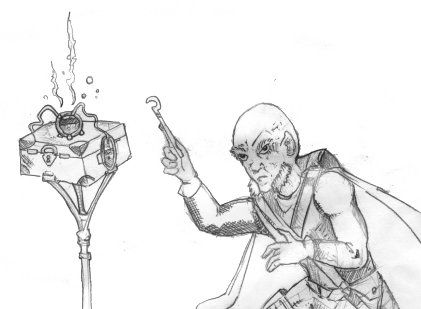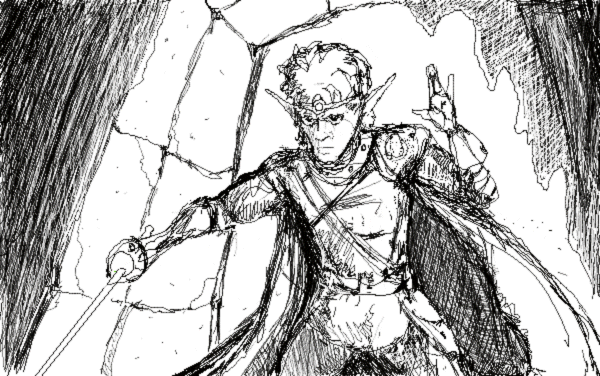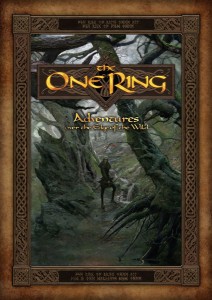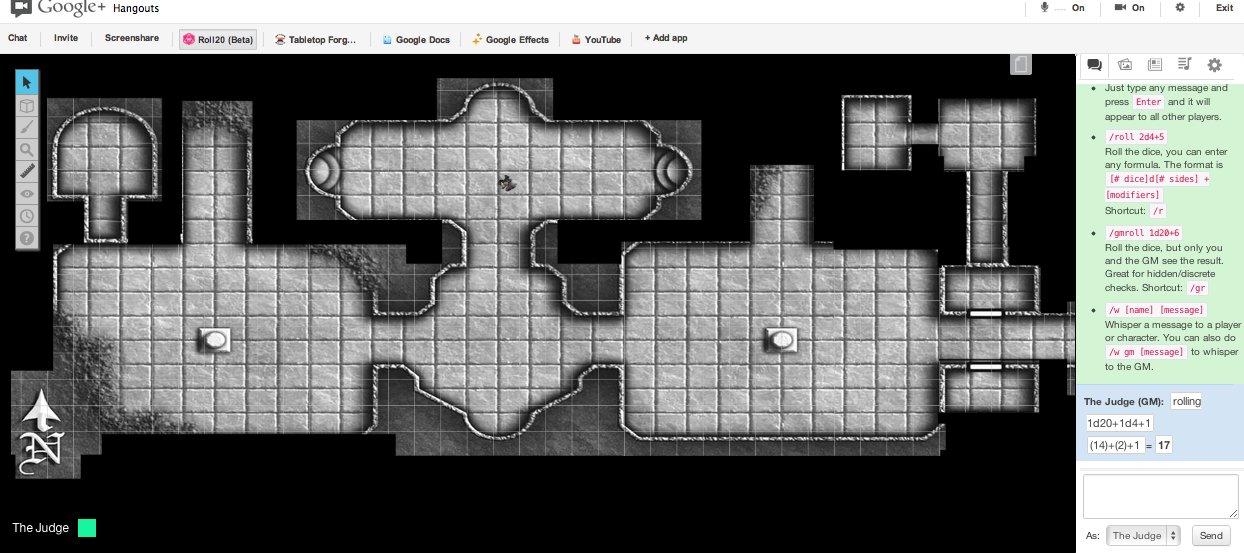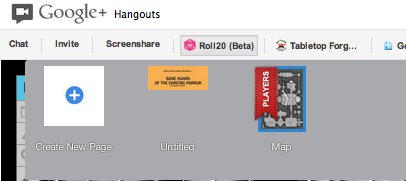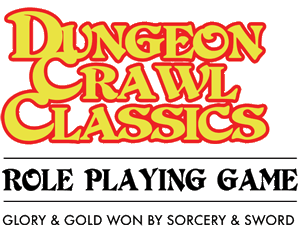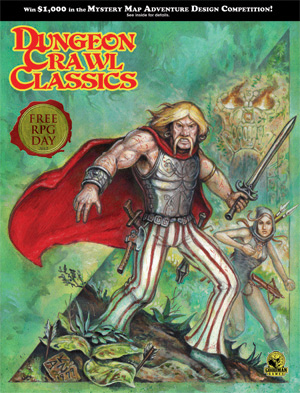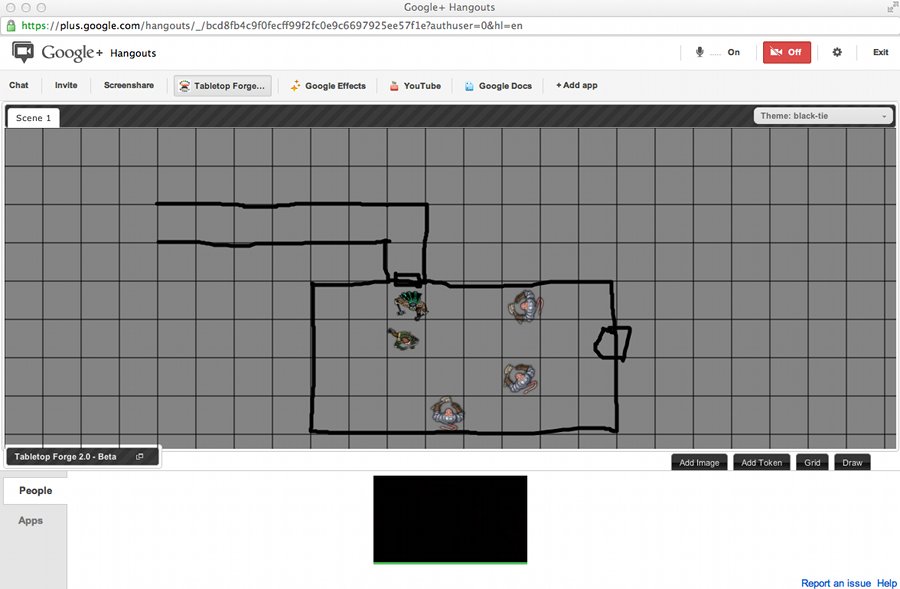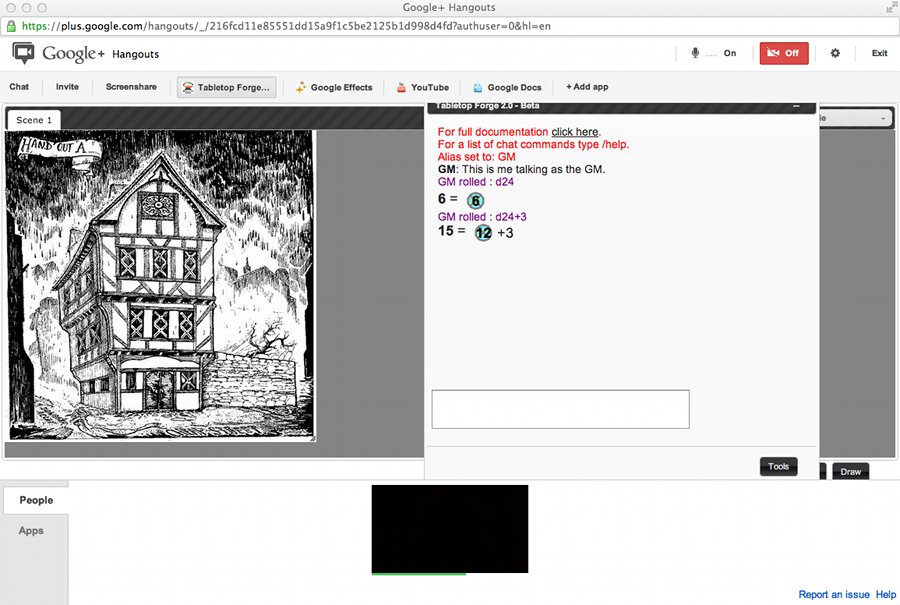 I thought it would be interesting to take a look at some of the character classes in Dungeon Crawl Classics. Each week I am going to choose one of the DCC RPG character classes and take a closer look at it. This week I am going to start with the Warrior class.
I thought it would be interesting to take a look at some of the character classes in Dungeon Crawl Classics. Each week I am going to choose one of the DCC RPG character classes and take a closer look at it. This week I am going to start with the Warrior class.
Many people new to an RPG system take a look at the fighter class or equivalent of that class to get a feel for the game. The primary melee class of a game can tell you a bit about combat and comparing fighter’s from one system to another can be a little simpler than comparing some of the magic using classes who may have vastly different systems of magic from one RPG system to another.
In DCC RPG the primary melee class carries the name of warrior. The warrior entry in the rulebook only covers three pages including the tables that cover level advancement over the course of the game.
The warrior gets the highest starting hit die of any class, which should come as no surprise. In addition the warrior has the broadest choice of trained weapons at their disposal.
The warrior class also has a higher chance of scoring a critical hit, starting at 19-20 and then increasing that threat range as they advance higher in level. In addition, when a warrior does score a critical hit they get to roll on a critical table that has effects of greater impact.
Additional perks of the warrior class include getting to add their class level to the initiative roll and getting to apply their Luck modifier to one weapon type that is chosen at first level.
The piece that really makes warriors (and dwarves which we will talk about in another post) is the Mighty Deed of Arms feature of the warrior class. But lets back up a step before we get into Mighty Deeds.
 A warrior in DCC RPG does not get a static modifier such as a Base Attack Bonus we would see in D&D or Pathfinder. Instead they get an extra dice called a deed die. When a warrior makes an attack roll they roll their action dice (typically a d20) and a deed die, which starts as a d3 and then increases as the warrior increases in level. This deed die determines the warrior’s bonus to hit instead of a static BAB mechanic. This roll also determines extra damage.
A warrior in DCC RPG does not get a static modifier such as a Base Attack Bonus we would see in D&D or Pathfinder. Instead they get an extra dice called a deed die. When a warrior makes an attack roll they roll their action dice (typically a d20) and a deed die, which starts as a d3 and then increases as the warrior increases in level. This deed die determines the warrior’s bonus to hit instead of a static BAB mechanic. This roll also determines extra damage.
I find the deed die mechanic interesting as it shakes things up a bit for the warrior. One attack may find you only getting an additional +1 to hit and damage, while the very next round the warrior might get a +2 or even +3 to hit and damage. It is a small detail, but one that keeps things a little different from one round of combat to the next.
Now, back to the Mighty Deed of Arms. The Mighty Deed of Arms mechanic is what lets a warrior do cool stuff! There are not complex trip attack, disarming rules, or combat maneuvers in DCC RPG. Instead, the player can be creative for their warrior and come up with the action they want to attempt and then use the Might Deed mechanic to determine success.
To succeed at a Mighty Deed the player only needs to roll a 3 or higher on their Mighty Deed roll. If they meet or beat that target number their action succeeds. Want to disarm someone? Declare it your Mighty Deed action and roll away. Want to jump from the balcony down into the theater seats below? Declare it your Mighty Deed action and roll away!
 This one simple mechanic gives no one a reason to declare a melee only class boring. You are only limited by your own creativity. Come up with something out of the ordinary and you have the chance to try it with an easy to remember mechanic to determine success. To make it even better you can use a Mighty Deed of Arms every round if you wish.
This one simple mechanic gives no one a reason to declare a melee only class boring. You are only limited by your own creativity. Come up with something out of the ordinary and you have the chance to try it with an easy to remember mechanic to determine success. To make it even better you can use a Mighty Deed of Arms every round if you wish.
This is the mechanic that really stands out to me in regards to the warrior class. No more memorizing complex rules or only having a short chart of options to see what your fighter or warrior can do. Now a player is only limited by their imagination as the rules provide the mechanics to resolve these creative actions.
During a DCC RPG session earlier this week that I ran on Google+ one could see Mighty Deeds in action. I was running for a group of 2nd level characters and they had encountered what was essentially a swarm of rats. The warrior in the group wanted to attack one rat and then use a Might Deed to knock that rat into another rat, either in attempt to knock the second rat off course or outright damage it.
As the judge I only had to say go for it and watch what the deed die came up as. The warrior was rolling really well that night and he managed to take more than one rat this way to great success. I felt the mechanic allowed the player to get creative and rules wise still have an easy way to resolve the action.
Overall I really like the warrior class in DCC RPG. It is not hamstrung by a lot of complex rules and keeps the warrior from being limited by some set of tables declaring what special moves they can make. Instead the player is given creative license to have fun with the class and an easy to use mechanic to back it up. The warrior is finally heroic again!
What do you think of the warrior? Have you liked how it has played? How do you think it compares to primary melee classes from other systems?

